Lucknow's Architectural Gems 10 Must-See Monuments
As the capital of Uttar Pradesh, Lucknow offers a captivating blend of cultural heritage and modern amenities. Renowned for its rich history, exquisite cuisine, and architectural marvels, the city exudes an air of sophistication and charm.
The heart of Lucknow boasts spacious avenues, grand monuments, and lush green spaces. One of the city's most distinctive features is the warm hospitality extended to visitors. For those seeking to immerse themselves in Lucknow's cultural tapestry, its iconic monuments are a must-see.
Bara Imambara: A Masterpiece of Islamic Architecture
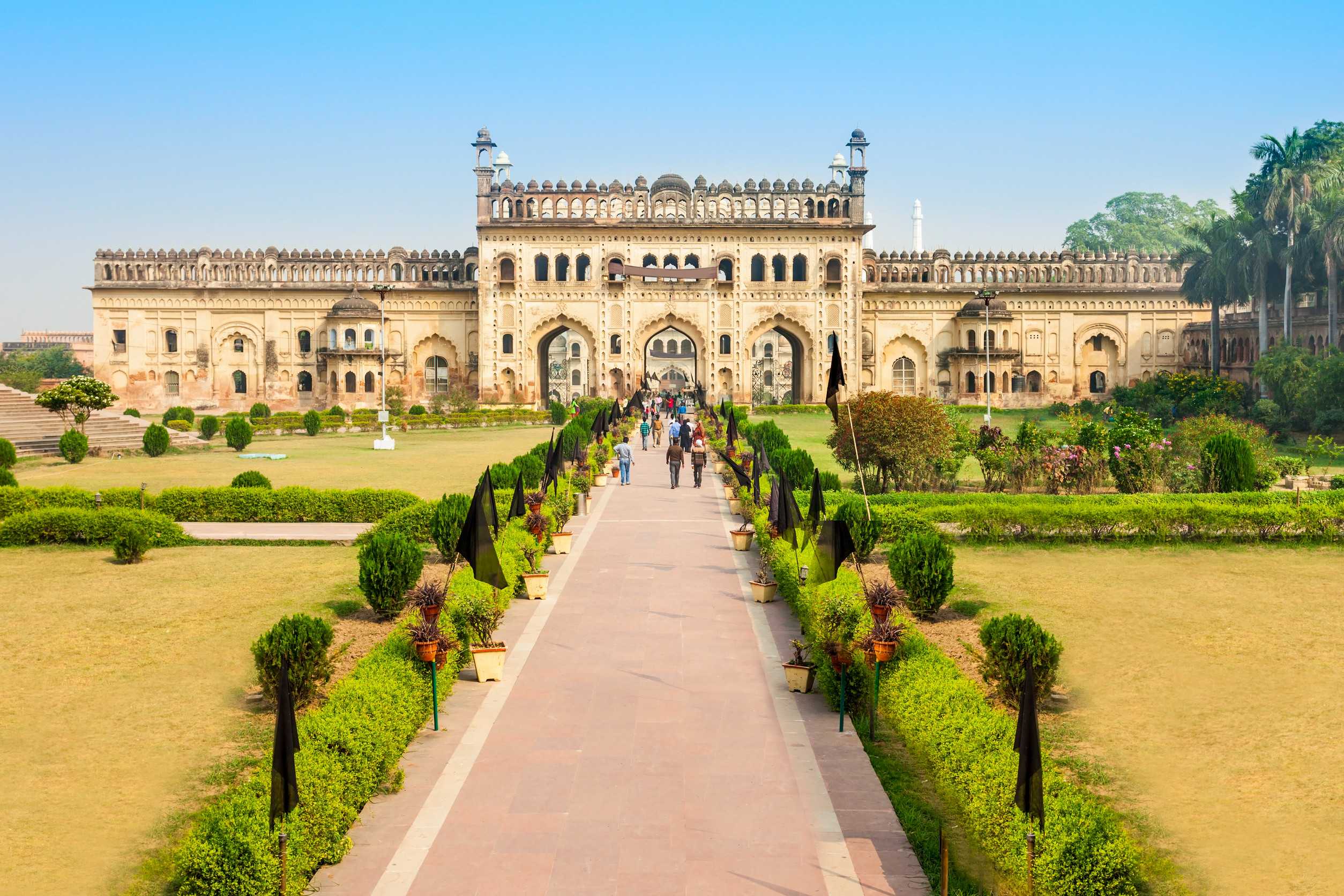
Bara Imambara, a stunning monument of religious significance, stands as a testament to Lucknow's architectural grandeur. Its intricate designs and masterful craftsmanship have captivated visitors from around the globe.
Constructed between 1783 and 1784 by the fourth Nawab of Lucknow, Bara Imambara features a unique "Bhul Bhulaiya," or "Confusion Labyrinth," designed to intrigue and challenge visitors. Reaching the summit of this labyrinthine structure rewards explorers with breathtaking panoramic views of the city.
Rumi Darwaza: A Majestic Gateway to Lucknow
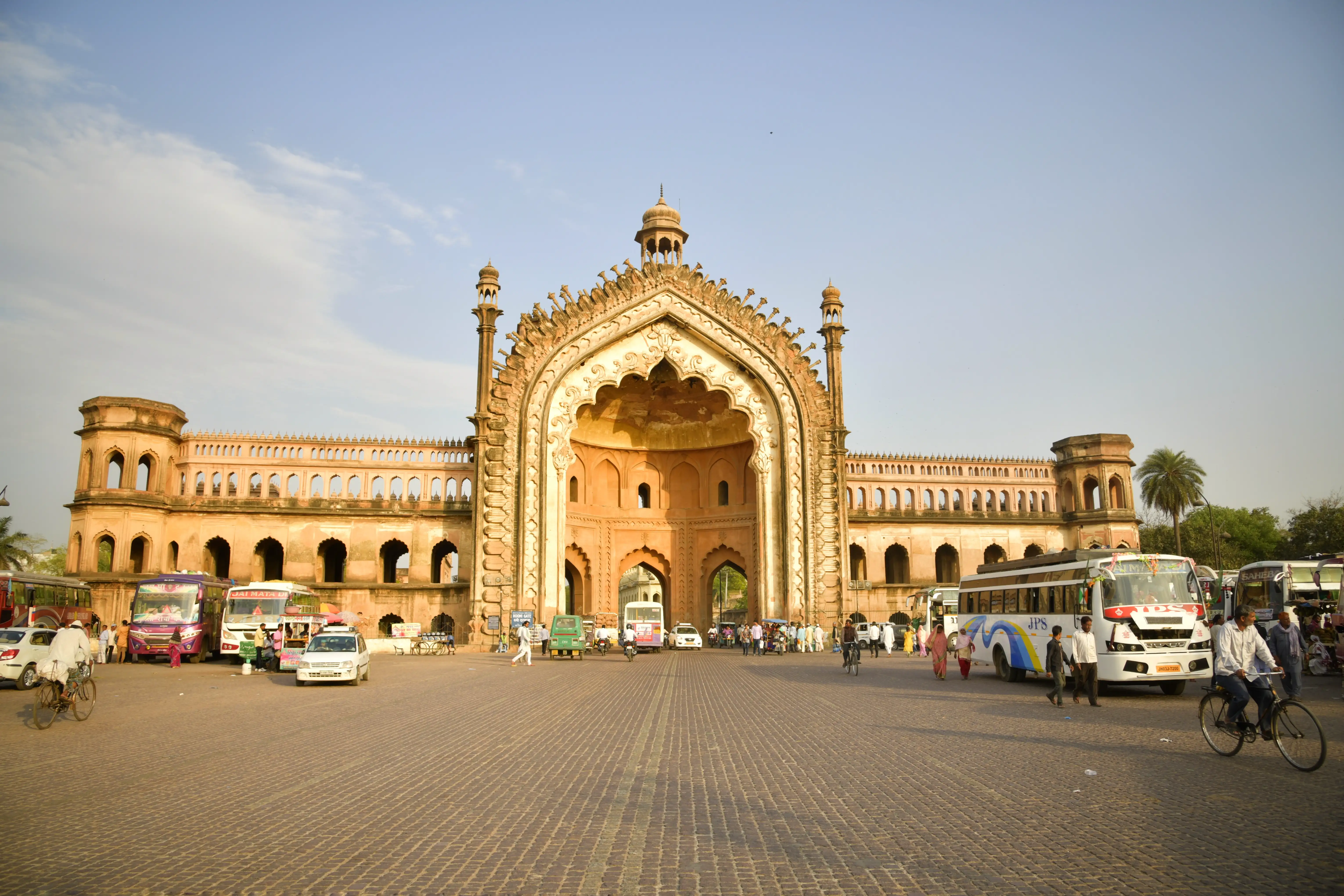
Rumi Darwaza, a magnificent gateway reminiscent of Bara Imambara, was constructed by Nawab Asaf-ud-daula over 230 years ago. Standing at an impressive height of 60 feet, this monument is often called the "Turkish Gateway" due to its resemblance to the Gateway of Constantinople.
Rumi Darwaza is a popular tourist attraction located just 5 kilometres from Lucknow Railway Station and 12 kilometres from the local airport. For more information, please visit Wikipedia.
Chhota Imambara: A Golden Gem of Lucknow

Chhota Imambara, also known as the Imambara of Hussainabad, is a stunning architectural masterpiece founded in 1839 by Mohammed Ali Shah. Its distinctive gold-plated domes and compact size make it a popular tourist destination.
Visitors are welcome to explore Chhota Imambara from 6 AM to 5 PM.
Clock Tower of Lucknow: A Landmark of the City
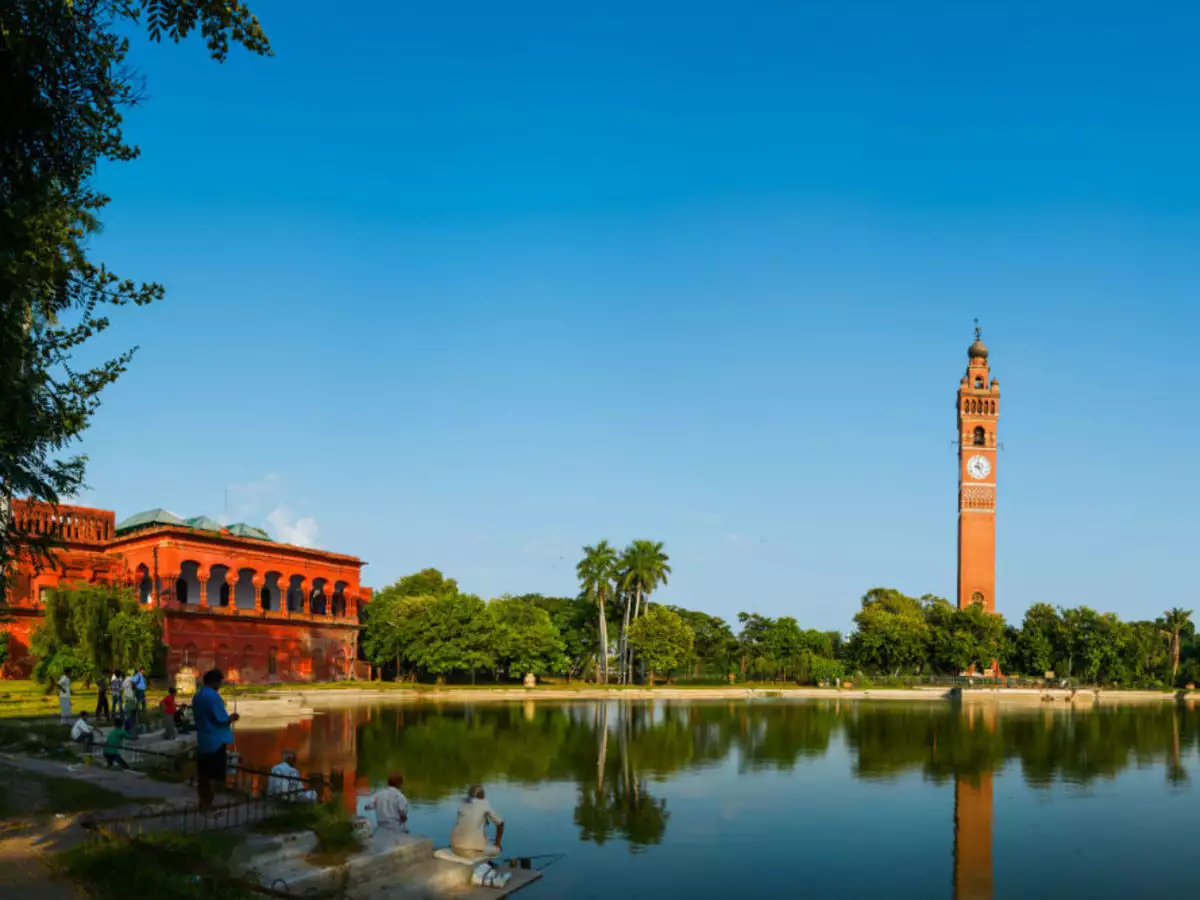
Adjacent to the Rumi Darwaza stands the impressive Clock Tower, towering at 221 feet. This iconic structure, built during British rule, is a must-see for visitors seeking to explore Lucknow's architectural heritage.
Badshah Bagh: A Historic Campus
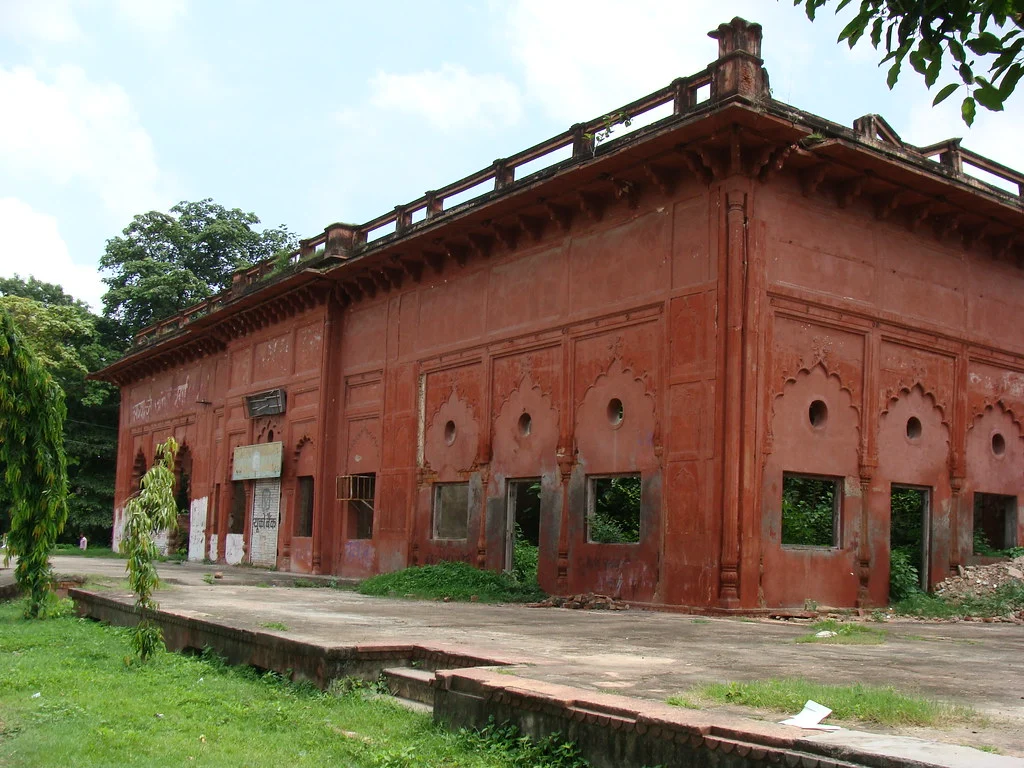
Founded in 1864 as an educational institution, Badshah Bagh was later transformed into Canning College in 1866. Today, only a portion of the original campus remains operational as the Lucknow University Main Campus.
Located approximately 13 kilometres from the nearest airport and 3 kilometres from the nearest railway station, Badshah Bagh is a significant landmark in Lucknow's educational landscape.
Imambara Mosque: A Hidden Gem

Tucked away within the Bara Imambara complex is a lesser-known yet equally impressive mosque, often overlooked by visitors unless guided by a local expert. This exquisite place of worship was constructed by the Nawabs during Lucknow's ascendancy as the permanent capital of Awadh, replacing Faizabad.
Chattar Manzil: A French Legacy in Lucknow
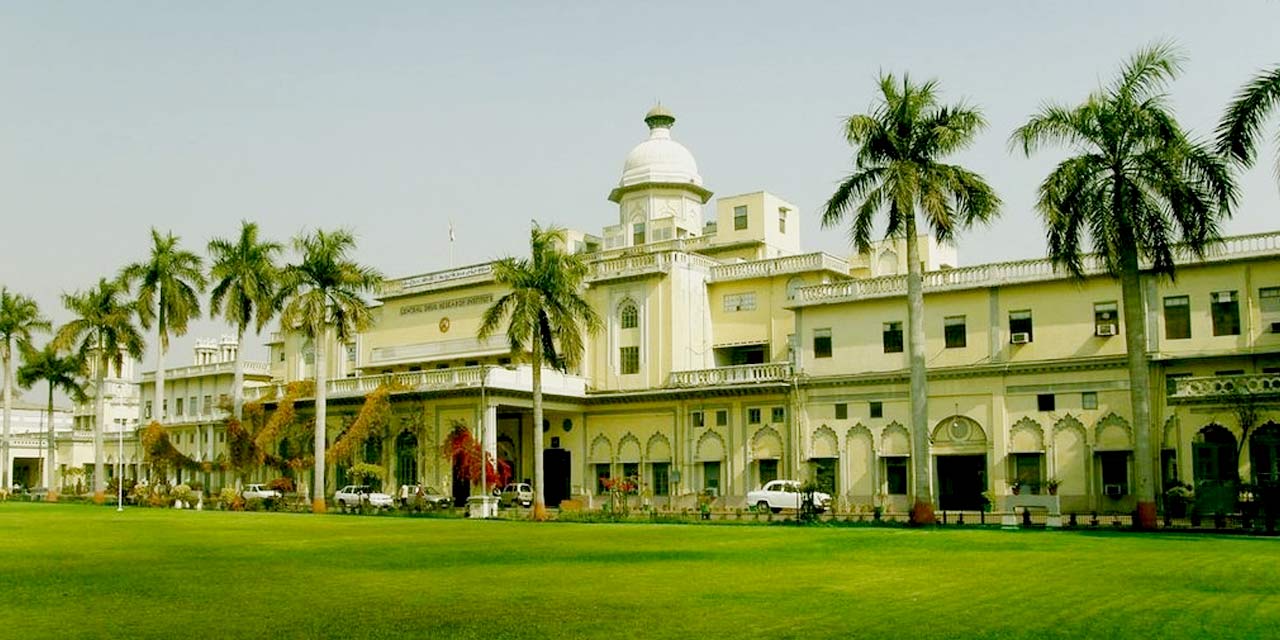
Chattar Manzil, also known as Farhad Baksh, is a historic French mansion located near the Gomti River. General Claude Martin constructed this multi-story building in 1781, and it once served as his personal residence.
With its impressive 1800 rooms, Chattar Manzil is a captivating architectural gem. Visitors can easily reach the site by bus or auto-rickshaw from the local railway station or by traveling 15 kilometers from the airport
Lucknow Residency: A Historic Symbol of India's Independence
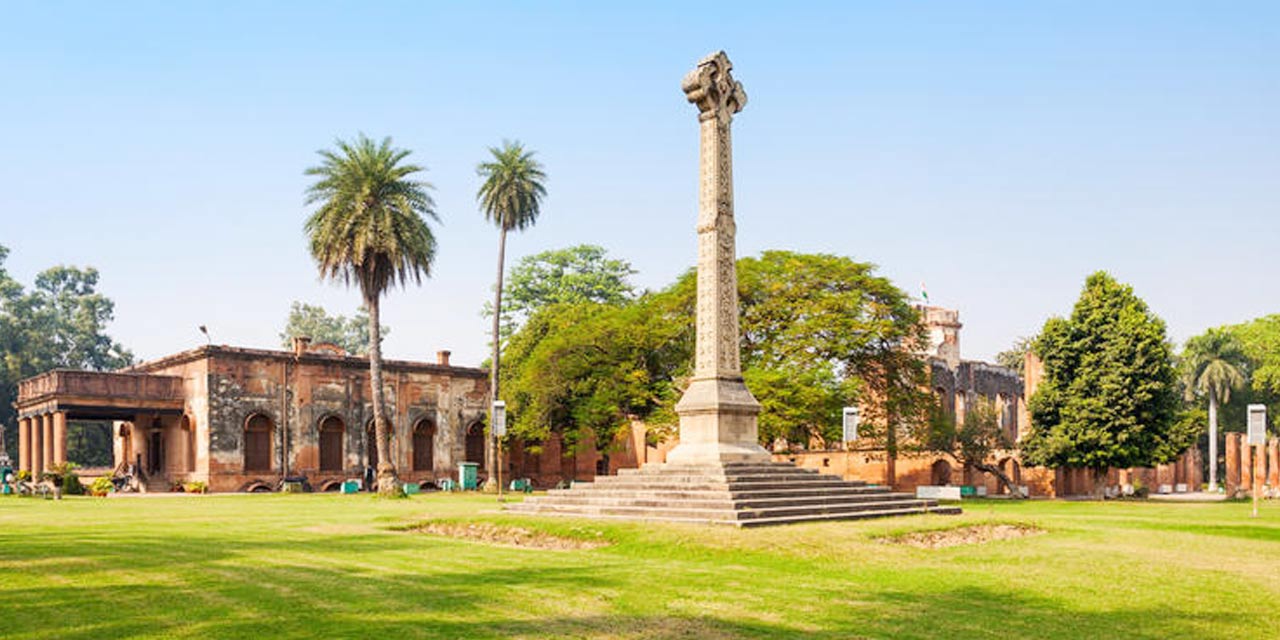
For those seeking to delve into India's rich history, the Lucknow Residency is a must-visit. This iconic site was the focal point of the 1857 Indian Rebellion, marking the beginning of India's struggle for independence.
Situated along the banks of the Gomti River, the Lucknow Residency was originally constructed under the supervision of Nawab Asaf-ud-Daulah. The sprawling 30-acre complex features a collection of dilapidated structures, ruined buildings, and crumbling walls that offer a glimpse into the past.
To reach the Lucknow Residency, visitors can travel 3 kilometres from Charbagh Lucknow Railway Station or 13 kilometres from the airport.
Dilkusha Palace: A Mughal Architectural Gem
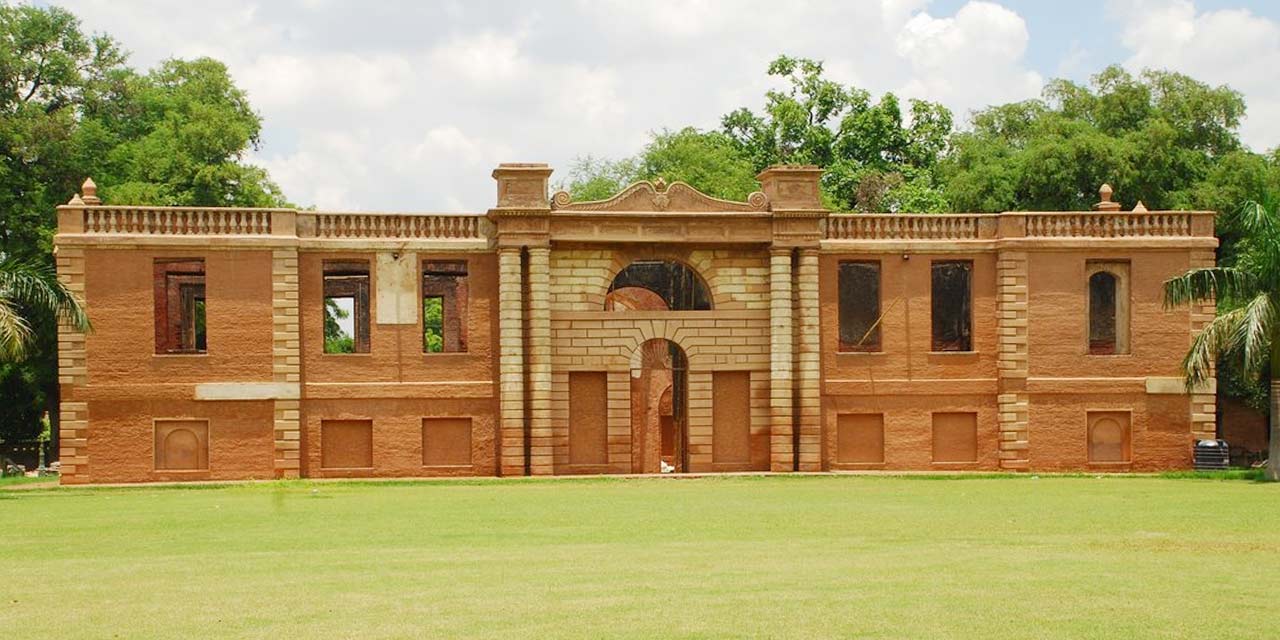
Dilkusha Palace, renowned for its four octagonal towers, once stood as a three-story edifice adorned with exquisite pottery. The central doorway, a masterpiece of Mughal architecture, welcomes visitors into a realm of elegance and grandeur.
Musa Bagh: A Serene Oasis on the Gomti
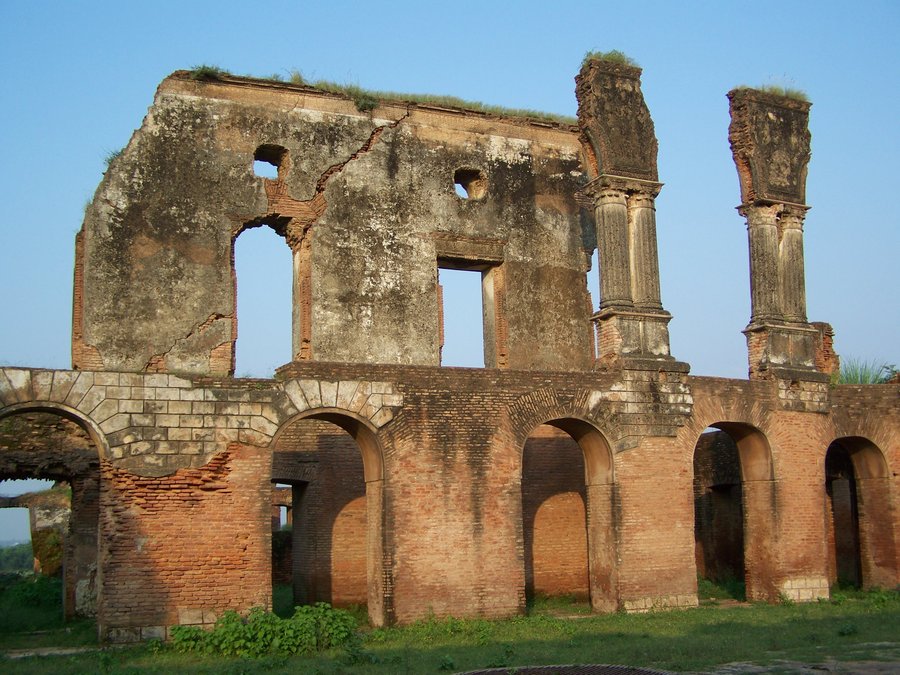
Musa Bagh, situated on the western outskirts of Lucknow, was established by Saadat Ali Khan, the fifth Nawab of Awadh. This picturesque garden, blending Indo-European architectural elements, graces the banks of the Gomti River. Its design bears a striking resemblance to Chattar Manzil.
Musa Bagh offers visitors a tranquil atmosphere and breathtaking sunsets. The garden is conveniently located 9 kilometres from the railway station and 15 kilometres from the airport.
6 responses to “Lucknow's Architectural Gems 10 Must-See Monuments”